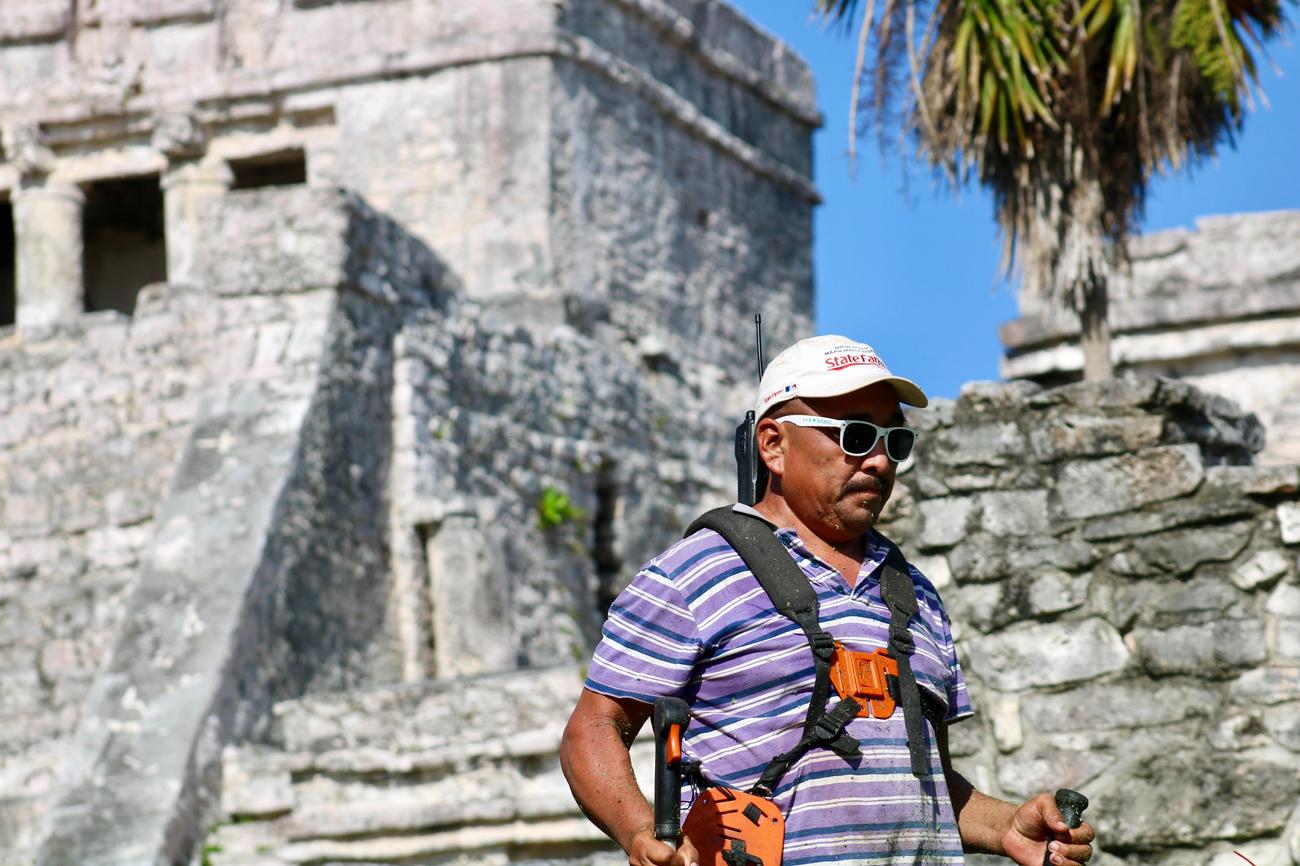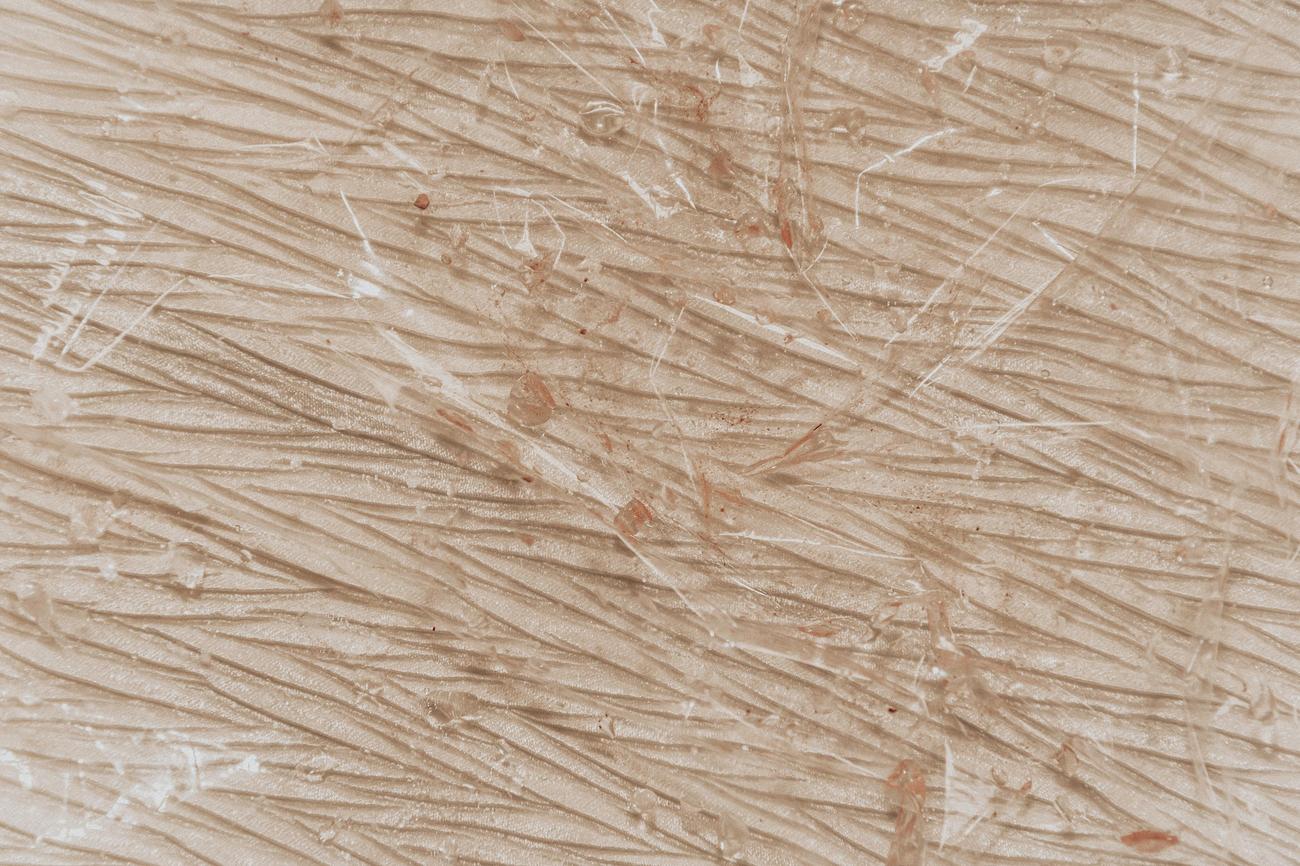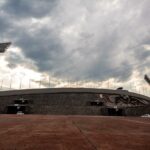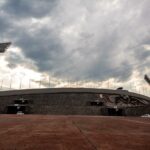When Did Diego Rivera Die?

As an art historian and researcher captivated by the world of Mexican art, I have delved deep into the life and works of the legendary artist, Diego Rivera. His name reverberates throughout the art world, and his profound impact on the socio-political landscape is undeniable. In this article, we embark on a journey to uncover the precise timeline and circumstances surrounding Rivera’s passing, shedding light on the momentous loss the art community experienced. Join me as we explore the final chapter of this Mexican master’s life and discover when Diego Rivera bid farewell to the world.
When Did Diego Rivera Die
In the realm of art history, few names carry as much weight and significance as Diego Rivera. This Mexican painter, renowned for his monumental frescoes, left an indelible mark on the art world. But just when did Diego Rivera take his final brushstroke? Let’s embark on a journey through time to uncover the timeline of the Mexican master’s death.
Born on December 8, 1886, in Guanajuato, Mexico, Diego Rivera’s artistic destiny seemed predetermined. Guided by his parents, María del Pilar Barrientos and Diego Rivera Acosta, he embarked on a creative path that would cement his place in history.
Rivera’s journey took him far and wide, exploring the world and various artistic styles. In 1920, urged by the Mexican ambassador to France, he ventured to Italy to study art. This experience would shape his vision and set the stage for his future endeavors.
The murals that Rivera painted between 1922 and 1953 played a pivotal role in establishing the mural movement in Mexican and international art. His works, often depicting Mexican history and daily life while drawing inspiration from pre-Columbian culture and artifacts, showcased his distinct artistic style and social commentary. Rivera’s impact on Mexican culture and art cannot be overstated. His frescoes breathed life into walls, telling stories and shaping collective memory.
Rivera’s quest for artistic inspiration transcended borders. In 1927, he embarked on a journey to the Soviet Union to participate in the 10th anniversary celebration of the October Revolution. This encounter with a different culture and political ideology further fueled his artistic development.
As the years passed, Rivera divided his time between the United States and Mexico. His presence left an indelible mark on both nations, with his murals adorning prominent public spaces and sparking dialogue about societal issues.
But alas, every artist’s journey must come to an end. Diego Rivera, at the age of 70, took his final breath on November 24, 1957, in the vibrant city that witnessed his rise: Mexico City. The date marked the end of an era, leaving behind a rich artistic legacy that continues to inspire and captivate generations.
In his passing, Rivera left behind a world forever changed by his artistic prowess and socio-political impact. His remarkable life and achievements continue to be celebrated, ensuring his influence endures for years to come.
As we explore the timeline of Diego Rivera’s passing, we invite you to join us in celebrating the profound legacy of this Mexican master. From the streets of Guanajuato to the sprawling murals of Mexico City, Rivera’s artistic journey has left an undeniable imprint on the art world. So, let us delve deeper into the life and times of this visionary artist, exploring the circumstances that surrounded his eventual demise.
Diego Rivera was an iconic Mexican painter and muralist who left an indelible mark on the world of art. If you’re intrigued by his talent and curious to uncover some captivating details about his life, then you’ll definitely want to check out these interesting facts about Diego Rivera. From his tumultuous personal life to his political beliefs that influenced his artwork, there’s so much to discover. Click here to dive into the untold stories and fascinating insights about this legendary artist: interesting facts about Diego Rivera.
When did Diego Rivera die? The answer to this question has intrigued art enthusiasts and historians for years. Diego Rivera’s death date is a topic that sparks curiosity and invites us to delve deeper into the life of this iconic artist. If you’re eager to uncover the details surrounding his passing, click here to find out more: Diego Rivera death date. The enigma surrounding his departure from this world is just one aspect of Rivera’s captivating legacy.
Throughout history, individuals have wondered when did Diego Rivera pass away? The question arises from a desire to understand the timeline of an artist who left an indelible mark on the world. If you too find yourself pondering this query, click here to explore the fascinating details surrounding Diego Rivera’s departure: When did Diego Rivera pass away. Unraveling the mysteries and complexities of Rivera’s life and death is a journey worth embarking upon.
One cannot fully appreciate Diego Rivera’s contributions to the art world without considering his date of death. The significance of this milestone in his life cannot be overstated. To satiate your curiosity and gain a comprehensive understanding of Diego Rivera’s legacy, click here: Diego Rivera date of death. This exploration will shed light on the extraordinary life of a visionary artist and the impact he continues to have on the world today.
Why Did Mexican Artist Diego Rivera Seek Revenge on John D. Rockefeller in 1934?
[youtube v=”dmSH9iKSAHk”]
In the realm of art, there are few instances as captivating as the story of Mexican artist Diego Rivera’s revenge on John D. Rockefeller in 1934. This historical event took place against the backdrop of the Rockefeller Center in New York, where Rivera, along with fellow artists Ben Shan and Louise Nevelson, had spent nearly a year working on an ambitious mural. The mural’s theme centered around Science and Technology and their impact on various aspects of society, such as agriculture, industry, and medicine. Notably, the mural depicted a figure resembling Lenin as one of its recipients, which caused a significant uproar in the American press.
“The violent pro-anti campaign broke out in the American Press,” as the controversy surrounding Rivera’s mural intensified. Despite mounting pressure, Rivera adamantly refused to make any changes to the mural, resulting in its eventual destruction. However, Rivera did not let this setback deter him. As a brilliant artist and an individual with a sharp wit, he found a way to have the last laugh.
Later on, Rivera recreated a modified version of the mural in Mexico, where he ingeniously inserted a caricature of John D. Rockefeller Jr. engaged in scandalous behavior with a woman afflicted by syphilis. This audacious act of revenge solidified Rivera’s defiance and artistic prowess, leaving an indelible mark on the art world.
Diego Rivera, born on December 8, 1886, in Guanajuato, Mexico, was an artist whose works spoke volumes about Mexican history, daily life, and the rich heritage of pre-Columbian culture. His artistic journey took him to Italy in 1920, where his exposure to Italian art greatly influenced his future work. However, it was his murals, painted between 1922 and 1953, that truly propelled him to fame and established the mural movement in both Mexican and international art.
His artistic development was further shaped by a trip to the Soviet Union in 1927, where he witnessed firsthand the power of art in conveying political and social messages. This experience fueled his passion for using art as a means to address critical societal issues.
Throughout his career, Rivera divided his time between the United States and Mexico, leaving an indelible mark on both countries. His murals adorning walls in numerous buildings across Mexico, as well as iconic locations in the United States, are testaments to his lasting legacy. Diego Rivera’s artistic prowess and socio-political impact continue to inspire and captivate generations.
In summary, the revenge taken by Mexican artist Diego Rivera on John D. Rockefeller in 1934 remains an intriguing tale in the art world. While working on a monumental mural at the Rockefeller Center, Rivera’s inclusion of a Lenin-like figure sparked controversy, eventually leading to the destruction of the artwork. However, Rivera orchestrated payback by creating a modified version in Mexico, incorporating a scandalous caricature of John D. Rockefeller Jr. As an artist who fearlessly expressed his opinions and beliefs, Rivera left an enduring legacy that continues to inspire and provoke thought.
“Diego Rivera’s audacious act of revenge through his modified mural exemplifies his unwavering defiance and artistic brilliance.”
FAQ
Question: When did Diego Rivera die?
Answer: Diego Rivera died on November 24, 1957, at the age of 70 in Mexico City.
Question: Where was Diego Rivera buried?
Answer: Diego Rivera was buried at the Panteón de Dolores in Mexico City.
Question: What was Diego Rivera known for?
Answer: Diego Rivera was known for his large frescoes and his significant influence on Mexican culture and art.
Question: Who was Diego Rivera married to?
Answer: Diego Rivera was first married to fellow artist Frida Kahlo, and after her death, he married Emma Hurtado.
Question: What did Diego Rivera’s murals often depict?
Answer: Diego Rivera’s murals often depicted Mexican history and daily life, drawing upon pre-Columbian culture and artifacts.
- Explore Arkansas Map: Cities, Towns, Rivers & Mountains Now - March 28, 2025
- Discover Northern Pakistan’s Hidden Gems: Your Ultimate Guide - March 27, 2025
- Explore Eastern Canada: Unforgettable Adventures Await - March 27, 2025
















